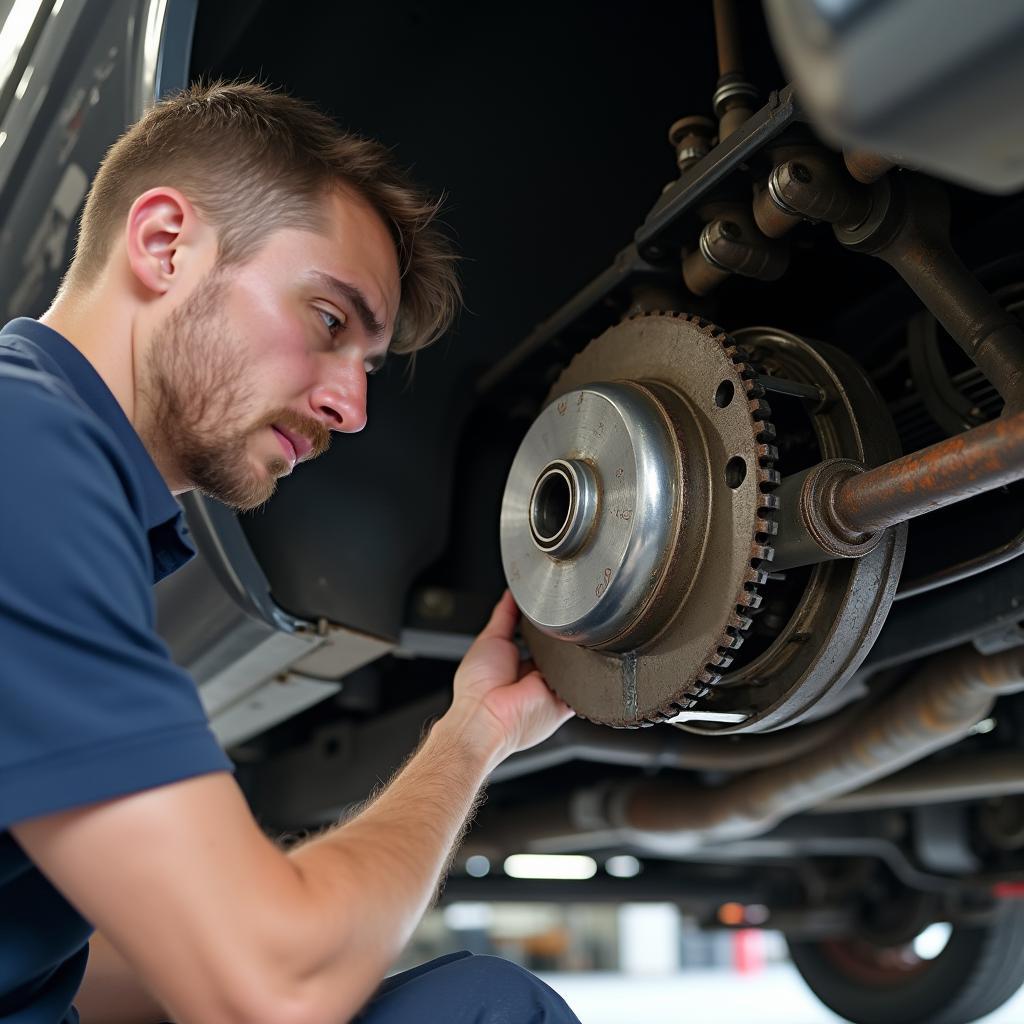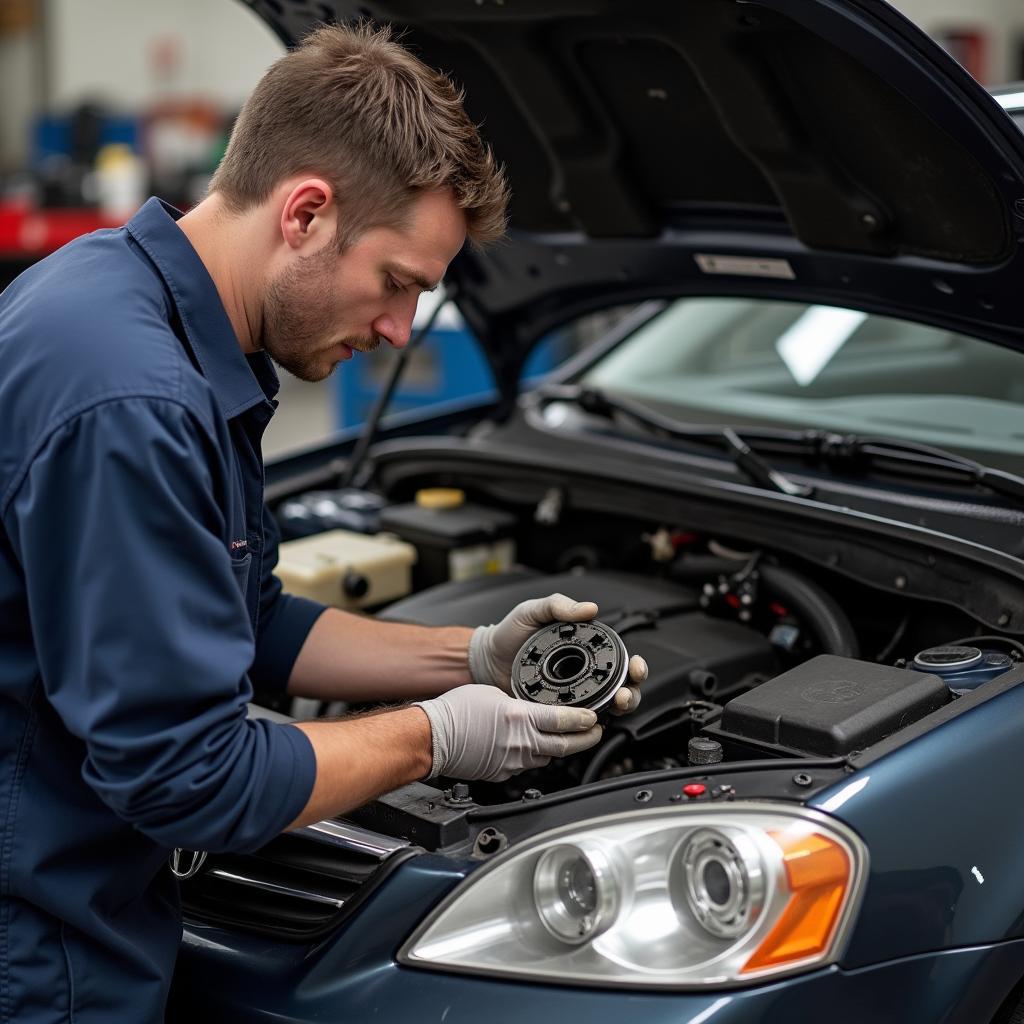The clutch cylinder is a small but crucial component in your car that is essential for a smooth driving experience. It plays a central role in engaging the clutch, which in turn separates the transmission from the engine, allowing for gear shifting. Without a functioning clutch cylinder, comfortable starting and shifting would be nearly impossible.
What is a Clutch Cylinder and How Does It Work?
Essentially, the clutch cylinder is a hydraulic component that converts the movement of your clutch pedal into pressure. This pressure is transmitted through a line to the slave cylinder, which then operates the clutch, thus disconnecting the link between the engine and transmission.
There are two types of clutch cylinders:
- Master Cylinder: Located directly at the clutch pedal, it generates the hydraulic pressure when the pedal is depressed.
- Slave Cylinder: Sits at the transmission and converts the hydraulic pressure into mechanical force to operate the clutch.
Common Problems with the Clutch Cylinder
Like any other component in your car, the clutch cylinder can wear out or get damaged over time. Common problems include:
- Leaks: Due to worn seals, hydraulic fluid can leak out, leading to a loss of pressure and consequently to problems engaging gears.
- Air in the System: If air enters the hydraulic system, this can also cause a loss of pressure and a spongy clutch pedal.
- Defective Cylinders: In the worst case, the cylinder itself may be damaged and needs to be replaced.
 Signs of a defective clutch cylinder
Signs of a defective clutch cylinder
Symptoms of a Defective Clutch Cylinder
There are several signs that can indicate a defective clutch cylinder. These include:
- Difficulty Shifting: Problems may occur, especially when engaging first or reverse gear.
- Spongy Clutch Pedal: The pedal feels soft and has no noticeable resistance.
- Clutch Pedal Stays Down: After depressing the pedal, it doesn’t return to its original position or does so slowly.
- Noises When Operating the Clutch: Squeaking or grinding noises can indicate a defect.
- Loss of Hydraulic Fluid: Puddles or stains of hydraulic fluid may be visible under the vehicle.
What to Do If You Have Problems with the Clutch Cylinder?
Should you notice one or more of these symptoms in your vehicle, it is advisable to visit a workshop as quickly as possible. A defective clutch cylinder can lead to serious damage to the transmission if not repaired promptly.
Maintenance and Repair of the Clutch Cylinder
To extend the lifespan of your clutch cylinder, regular maintenance is advisable. This includes checking the hydraulic fluid level and inspecting the seals for leaks.
Repairing a defective clutch cylinder is usually a job for the workshop. In most cases, the entire cylinder is replaced, as repair is often not cost-effective.
Other Interesting Topics Related to the Clutch:
- Opel Corsa C Clutch: Information about the clutch on the Opel Corsa C
- Single-Acting Cylinder with Spring Return: Learn more about single-acting cylinders
- Bleeding VW T4 Clutch: Instructions for bleeding the clutch on the VW T4
- Audi Q3 Clutch Pedal Not Returning: Troubleshooting a stuck clutch pedal on the Audi Q3
 Replacing a clutch cylinder in a workshop
Replacing a clutch cylinder in a workshop
Conclusion
The clutch cylinder is a small but essential component in your car. A defect can lead to significant driving problems and should therefore be addressed as quickly as possible. If you have questions about the clutch cylinder, our experts are happy to assist you. Contact us via our website for personalized consultation!

